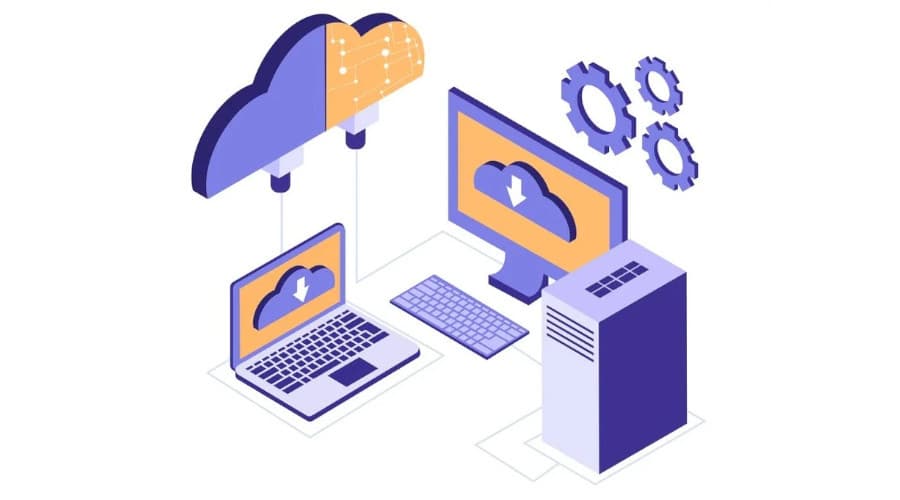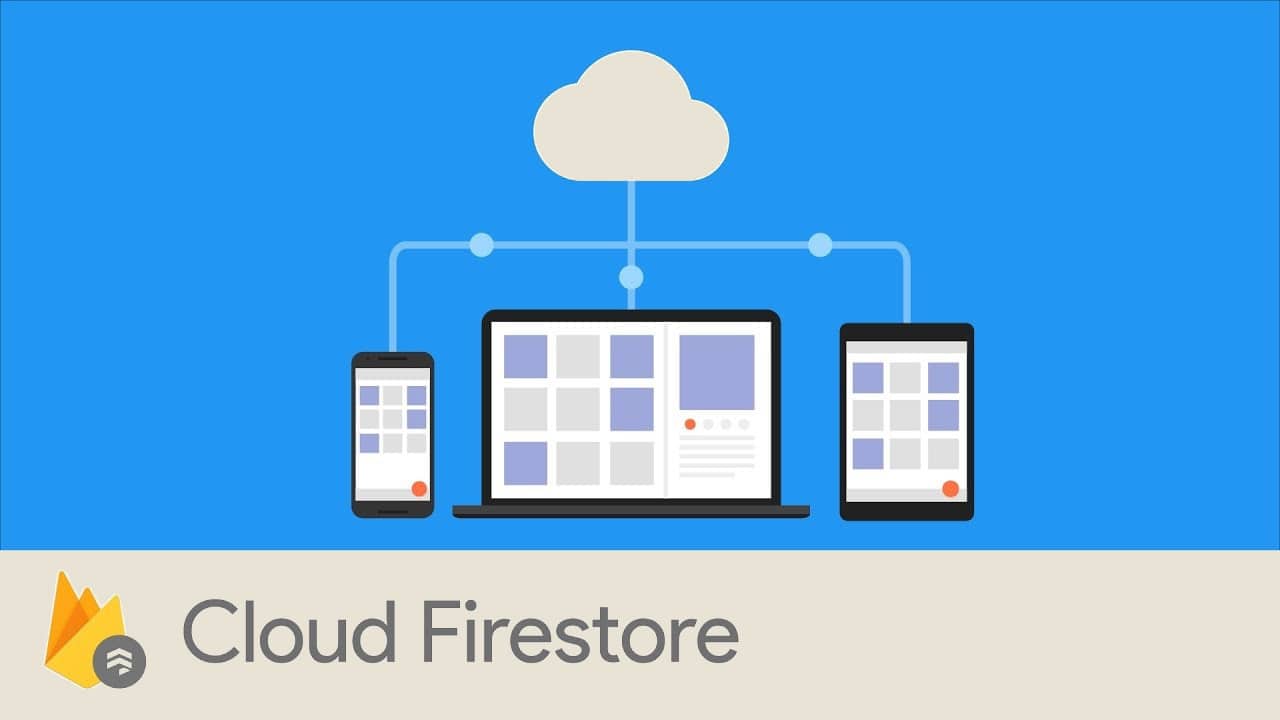Whether you're developing a web or mobile application, or any other IT infrastructure, the use of a database is more than essential. And in the age of Big Data, cloud-based databases are all the rage. Among the most popular is GCP Firestore. In this article, we introduce you to this Google cloud service, its use, advantages and disadvantages.
What is Google Firestore?
GCP firestore is a NoSQL database that enables organizations to store all their data in the cloud. In this way, data can be accessed from a multitude of devices.
This applies not only to the organization’s internal staff, but also to all other users of the application or web infrastructure (such as customers or partners). Thanks to Google Firestone, data can easily be shared between multiple users.
Why use Cloud Firestore?
A serverless Cloud NoSQL database
As GCP Firestore is a cloud database, it allows organizations to reap all the benefits of this technology, such as:
- easy data sharing between users
- access to data from different devices, and even different locations around the world;
- simplified scaling.
What’s more, Google Firestore is a serverless database. This means that companies don’t need to install their own servers to host their data, so they can continue working day and night.
Scalability
When the number of users, workloads or functionalities increase too rapidly, applications tend to run into difficulties due to a lack of sufficient capacity. Here again, GCP Firestore guarantees improved scalability of services.
Regardless of the number of users and functions available. Firestore is therefore an extremely flexible, scalable cloud database that can be easily adapted to meet business needs.
Flexibility
Google Cloud Firestore supports all types of data, from simple strings and encrypted data to complex nested objects.
What’s more, data can be organized according to business needs. Data structures are both flexible and hierarchical. You can store your resources in different documents and integrate them into collections and sub-collections. These collections make it easier to organize data and create queries. Above all, they make it easier to adapt to database growth.
Data search
To find the information you need in Cloud Firestore, you can use expressive queries. These can include combined or uncombined filters, as well as sorting or limit systems. You can retrieve entire collections, nested sub-collections or individual documents.
Real-time listeners can also be added. This allows you to be alerted to any changes in client applications. You only retrieve updates, not your entire database, with each change.

Data synchronization
GCP Firestore simplifies data synchronization, both client- and server-side. As a result, data is updated in real time on any connected device.
In addition, Firestore supports offline web and mobile applications. So, even in the absence of Internet connectivity or slow network speeds, it’s still possible to create responsive applications. This means writing, reading, listening and querying data.
To this end, actively used data is cached. When the connection is restored, all local changes are synchronized with the cloud.
Good to know: All other products from Firebase or Google Cloud integrate automatically into GCP Firestore, with no need for configuration.
Safety
Security being one of the main issues for organizations, GCP Firestore services reinforce access thanks to various protection systems:
Firebase Authentication and Cloud Firestore security rules for Android and Apple applications;
JavaScript or Identity and Access Management (IAM) for server-side infrastructures and languages.
What are the limits of Google Firestore?
Despite all the advantages of GCP Firestore, you should be aware of its limitations. Here are the main ones:
- It’s not an open source solution: in other words, it’s not possible to modify the source code.
- Queries can sometimes be slow: there are several limits in terms of writing frequency, document size, simultaneous connections, etc.
- Pricing is sometimes difficult to anticipate: GCP’s principle is to pay only for what you use. This is excellent, but it can also pose some problems in terms of budgeting.
How does the Firestore database work?
GCP Firestore is relatively simple to operate. Here’s how it works:
- To access the database from your Apple, Android and Web applications, you need to use native SDKs (Node.js, Java, Python, Unity, C++ and Go).
- Next, it’s vital to secure your data, either via Cloud Firestore security rules, or via identity and access management (IAM).
- Once the security parameters are well configured, you can add your data and model the database by creating documents, collections and sub-collections.
- Depending on your needs, you can then create queries to retrieve the required information, or use real-time listeners to identify the latest updates.
Join DataScientest to master GCP
GCP Firestore is the essential tool for web and mobile development on Google Cloud. You need to master all its features.
To do this, you can take the Google Cloud Platform certifications. But if you want to take your application and software development on the cloud a step further, it’s best to take a full training course.
That’s exactly what we offer at DataScientest. In addition to GCP tools, you’ll develop all the necessary knowledge relating to the various cloud tools, in particular Microsoft Azure and AWS.











